Ethiopia's Elites Crisis: Fragmentation, Failure, and the Path to Relevance
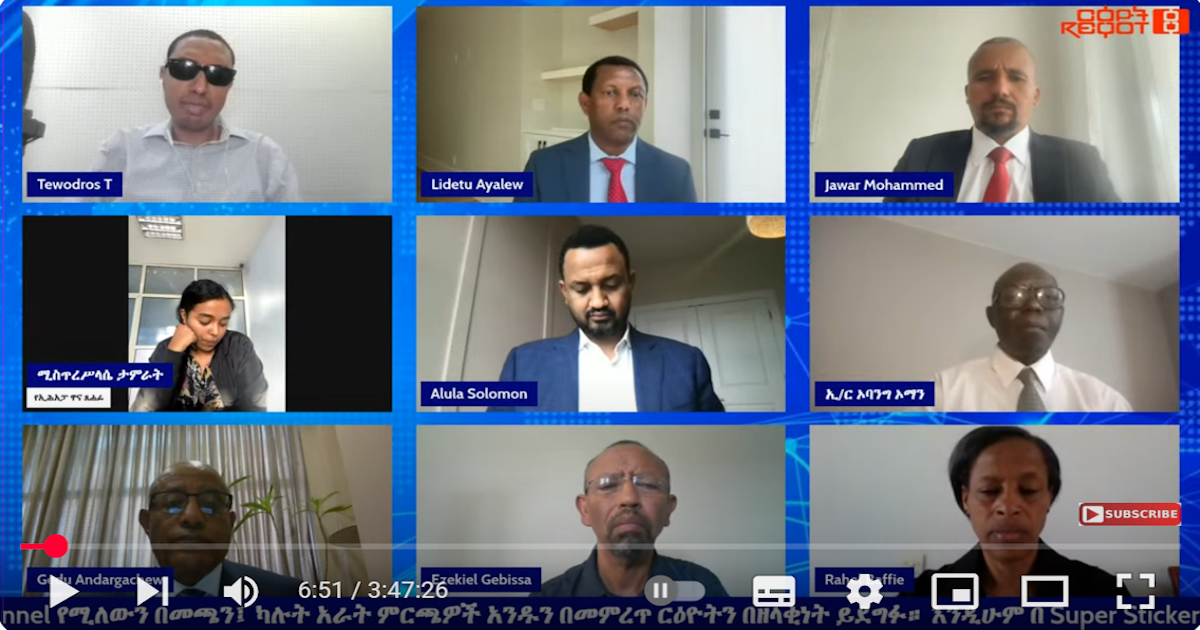
Excerpt
Ethiopia’s elites crisis runs deeper than disunity—it is a collapse of legitimacy. Fragmented, distrusted, and internally divided, no elite figure today commands a unified mandate. Peace will remain a mirage until the elites reconcile with their own constituencies and confront the vertical fractures within. Without grassroots credibility, national dialogue is empty performance—and irrelevance is the best they can hope for.
Introduction
Calling for peace is always a noble act. However, the recent virtual gathering under the banner of “The Grand Protest Demonstration”, held earlier this month on Reyot Media [1] rings hollow. Beneath the slogans lies a troubling superficiality—one that masks deeper fractures in Ethiopia’s political landscape. Two glaring contradictions emerge:
- A deliberate disregard for the roots and complexities of Ethiopia’s conflicts, and the fundamentally divergent interpretations of “peace” among the country’s nations and nationalities.
- A paradox: while some factions gear up for military domination, others assemble to chant peace slogans—disorganized, demoralized, and seemingly prepared for capitulation.
This article does not seek to dissect the geopolitical agendas behind these contradictions. Rather, it interrogates the credibility, composition, and collapse of Ethiopia’s political elites. Who are they? Whom do they represent? And why has their relevance deteriorated so profoundly?
Today, Ethiopia’s elites crisis is defined by detachment and distrust. Most political elites now resemble nomads without a constituency—figures too disconnected from their base to face them without fear of ridicule or backlash. This alienation compels a critical examination of how Ethiopia’s multigenerational elite has forfeited both legitimacy and influence.
Conflicting Dreams and the Collapse of Elite Influence
The Ethiopia of the 1960s through the 1980s offered a historical window for elites to reimagine the nation’s future and address its foundational injustices. Moments of profound rupture—1974 and 1991—provided opportunities for transformation. Instead, they were squandered.
Today, the traditional elite-driven model of statecraft has collapsed. It has been replaced by a volatile mix of actors: millions of disenfranchised citizens with conflicting visions, armed with both modern assault rifles and instant communication tools that have displaced the elite’s monopoly on information and influence.
Ethiopia has repeatedly approached inflection points where reconciliation seemed possible. Yet, the elites steering those moments lacked the ideological will to depart from the status quo. The result? A permanently fractured national imagination.
This condition is aptly described by Professor Merera Gudina’s prescient book, Conflicting Dreams (የሚጋጩ ህልሞች), written before today’s divisions hardened into irreconcilable contradictions. Had Ethiopia’s elites grasped the full depth of these clashing worldviews, they might have avoided steering the nation’s already storm-battered ship without compass or map.
At the heart of the elites crisis are two unyielding narratives:
- One rooted in the refusal of historically dominant groups to relinquish inherited privileges.
- The other anchored in the resistance of historically marginalized communities to accept an unjust and imposed status quo.
These diverging dreams trace back to Menelik II’s imperial conquests, which forcibly incorporated self-governing indigenous populations into a centralized empire. The modern Ethiopian state was born through coercion—not consensus—laying the groundwork for enduring contestations over power, identity, and legitimacy.
Fragmentation Within: The Vertical Crisis of Nations
The crisis of elites is not only about ethnic division (horizontal fragmentation); it is also about disintegration within ethnic communities themselves—a vertical collapse of internal cohesion.
Today’s political landscape is marked by an explosion of factions—some armed, some political, many contradictory. Crucially, no single elite figure commands universal respect, even within their own national group, let alone across Ethiopia.
Consider Oromia. The political field is divided among fractured entities: the “Hilton OLF” and “Gulallee OLF” factions, splintered armed groups like Horo Gudru OLA, Central Oromia OLA, and even exiled diaspora micro-groups. Once part of a unified OLF vision, they now compete in a chaotic marketplace of claims and accusations. Government coercion has further deepened the fragmentation, even targeting stable opposition forces like the Oromo Federalist Congress (OFC) through what critics describe as a “21st-century slave trade.”
The Amhara political arena fares no better. The rise of Amhara nationalism has birthed fragmented militant groups—Gojjam Fano, Gondar Fano, Shewa Fano—often at odds with each other over ideology, allegiance, and perceived betrayals. Former ANDM elites, now rebranded under the Prosperity Party, add to the confusion, aligning with centralized power for survival rather than vision.
Even Tigray, once known for its disciplined political machinery under the TPLF, is now split between the Debretsion faction, the Getachew Reda camp, and rising actors like Tadesse Werede, with polarizing diaspora voices widening the fissures.
This internal fragmentation—within nations and nationalities—has produced an elite class that is not only illegitimate in the eyes of the broader public but also powerless to unify their own camps, let alone the nation.
Reclaiming Relevance: Where Must the Elites Begin?
Before Ethiopia’s elites can credibly engage in national dialogue, they must first resolve the crises within their own constituencies. This vertical repair is non-negotiable.
A credible path forward requires:
- Reconciliation among armed and peaceful opposition forces within each nation.
- Unification of political strategies and reestablishment of internal trust.
Building legitimacy from below, through consensus—not coercion.
Take Oromia as a case study. Only when OLF factions, OLA units, and peaceful actors create a coherent platform can they engage across ethnic lines with purpose. The same imperative holds true in Amhara, Tigray, and other regions.
Yet, most elites evade this difficult task. Instead of confronting local disunity, they seek media exposure and national platforms—offering grand plans for a country that no longer grants them trust. This is the essence of Ethiopia’s elites crisis: a pursuit of influence without legitimacy, and symbolism without substance.
Rejecting Shortcuts: The Hard Work Ahead
Superficial peace summits, unifying slogans, and political theatrics cannot substitute for real structural engagement. These distractions merely defer the inevitable and deepen public cynicism.
Ethiopia is running out of road.
The elite class must abandon fantasy and roll up its sleeves. Relevance can only be restored by:
- Building trust from the grassroots upward.
- Bridging ideological divides within factions.
Offering a concrete and inclusive political roadmap. In short, the only exit from Ethiopia’s elites crisis is through genuine reconciliation and visionary leadership—not nostalgia, not denial, and not expediency.
The alternative is not just irrelevance. It is disintegration.
References
- ጦርነት ይቁም! አገዛዝ ያብቃ! ሰላም ይምጣ! | ታላቅ የተቃውሞ ትእይንተህዝብ በቀጥታ ስርጭት!, 7 Jun 2025, Reyot Media YouTube Channel.

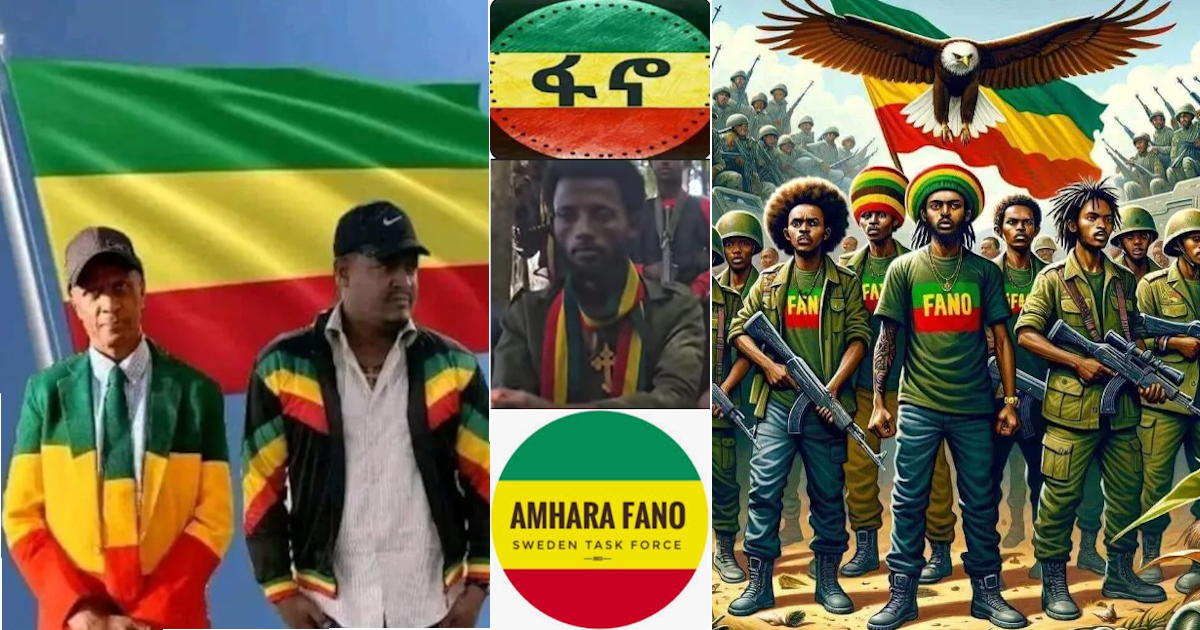
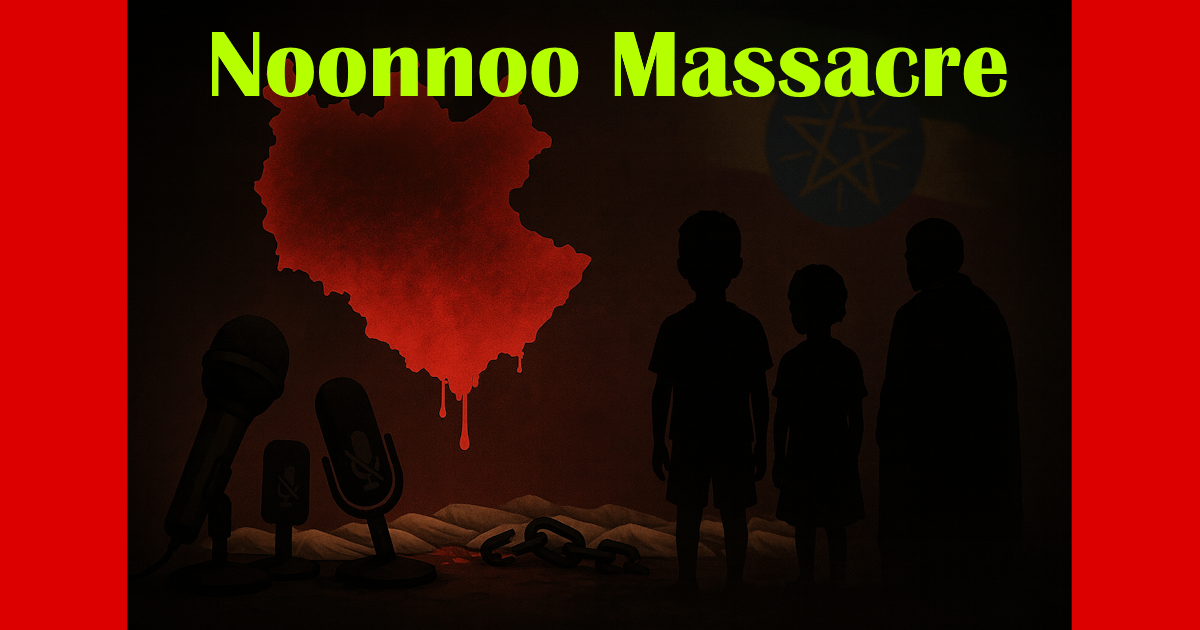
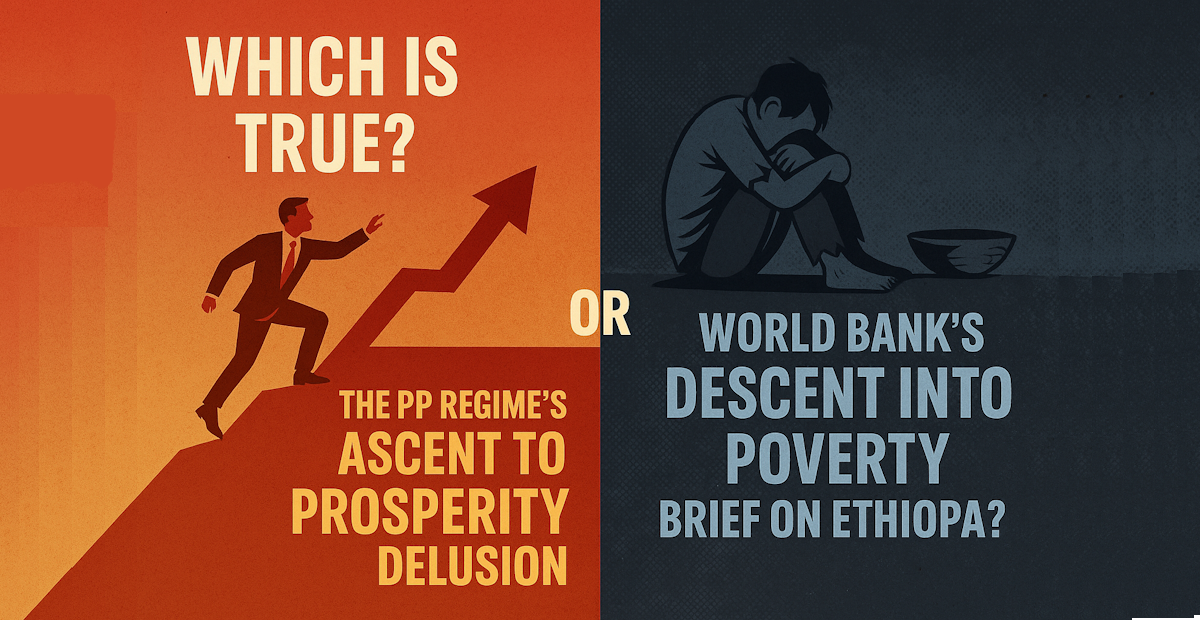
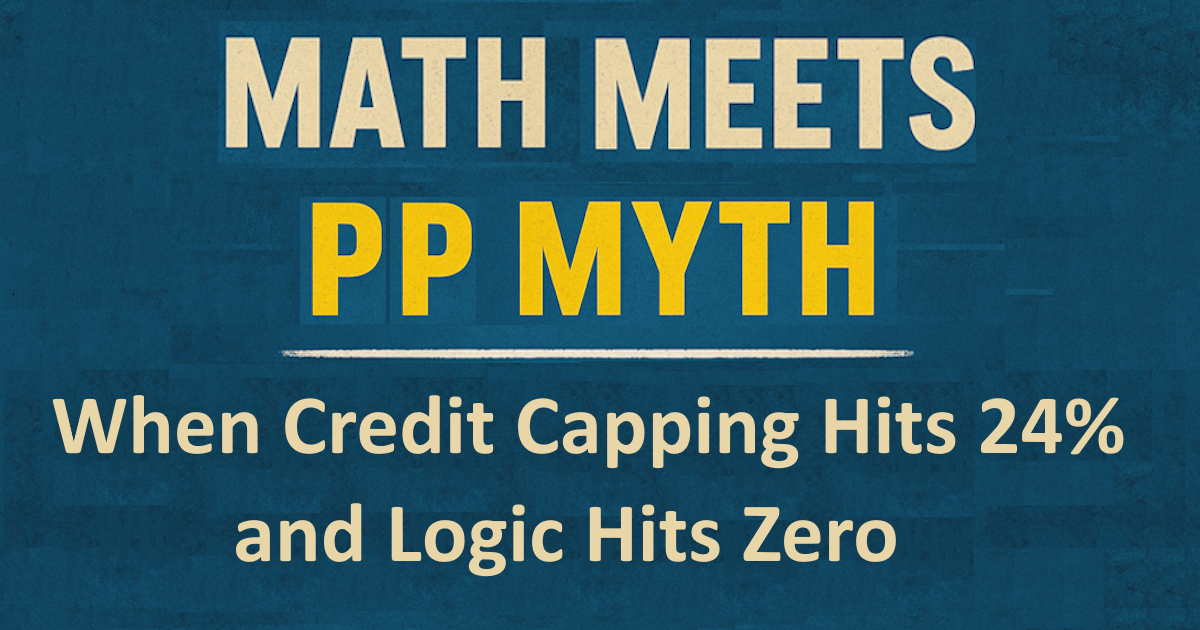
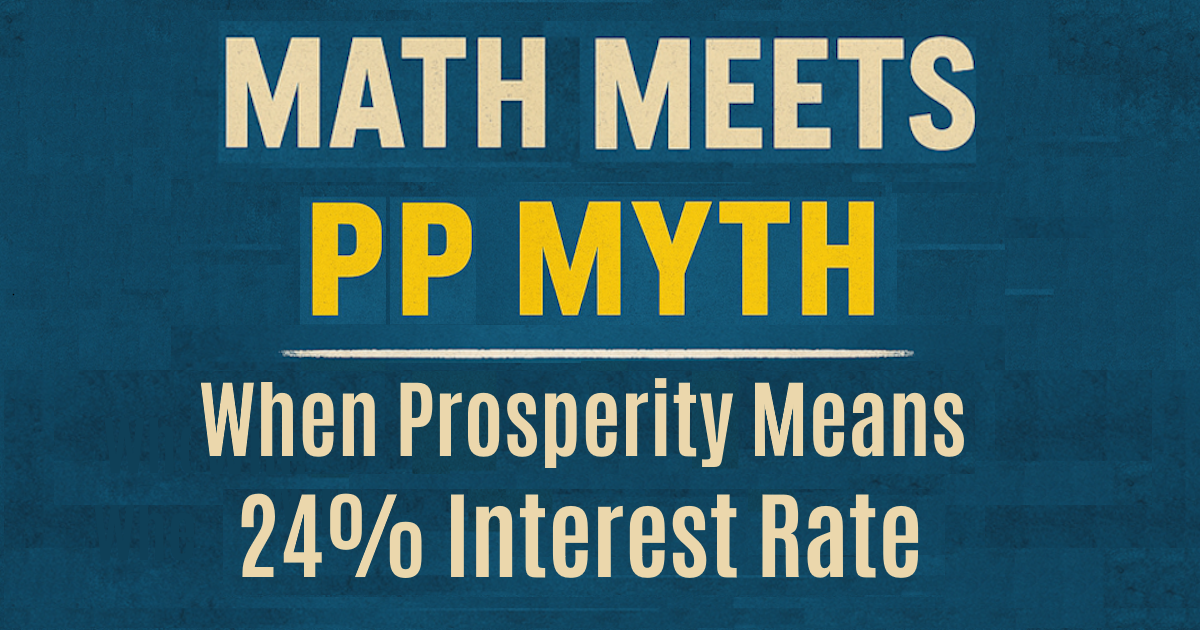
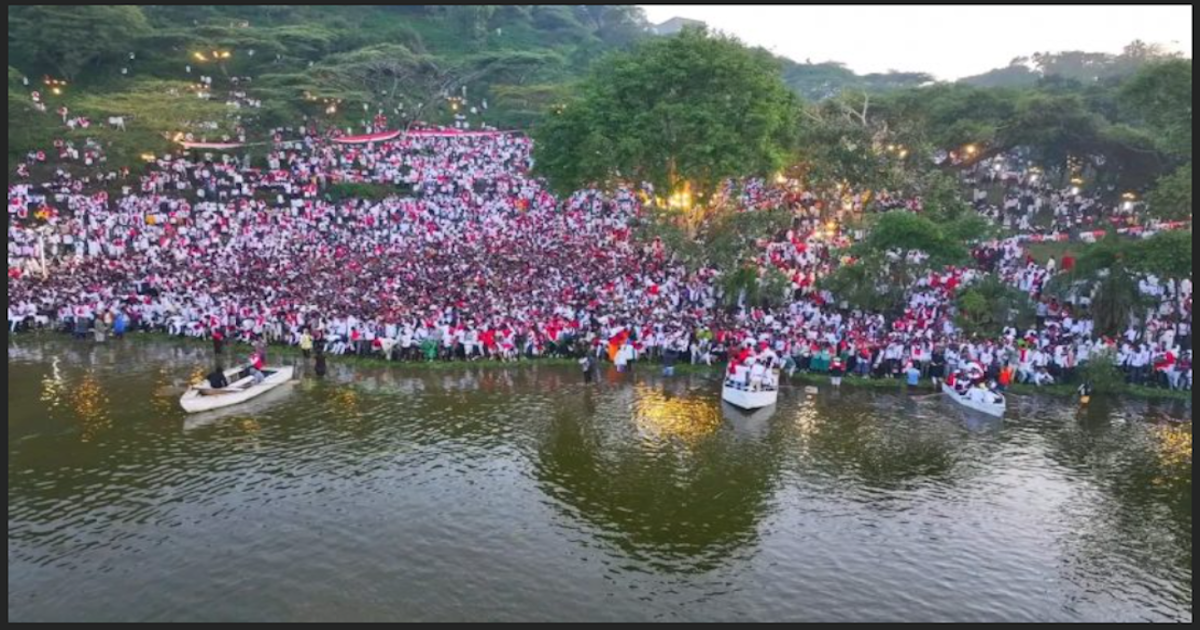
Below is a detailed analysis listing the ill-deceptions, ideological misrepresentations, fallacies, and contextual flaws embedded in the article titled: “Ethiopia’s Elites Crisis: Fragmentation, Failure, and the Path to Relevance” (by Abba Sooqee – via oromia.today)
The article presents itself as a sober critique of Ethiopia’s fractured political landscape but, upon close inspection, it misrepresents reality, distorts Oromo political agency, delegitimizes strategic coalitions, and obscures the true nature of the current authoritarian crisis under Abiy Ahmed.
✅ SUMMARY: Key Problems with the Article
Type Example from Article What’s Wrong With It
Ill-Deception Describes Oromo-Amhara coalition efforts as “superficial” or “media theatrics” Misrepresents urgent and principled coalition-building as empty performance
Ideological Misrepresentation Treats Oromo and Amhara interests as inherently contradictory Ignores common historical suffering under Abiy and shared interest in federalism and justice
Fallacy (Strawman) Assumes peace demonstrations and unity calls are naive, fake, or premature Misrepresents the intent behind coalition efforts, ignoring their real political and ethical grounding
Flawed Historical Framing Overemphasizes elite failure while ignoring state-sponsored repression and divide-and-rule tactics Absolves Abiy’s regime of responsibility and misplaces the cause of fragmentation
Wrong Political Context Implies all elites are irrelevant because they lack full support within their constituencies Equates authoritarian suppression (e.g., jailing leaders) with political failure, ignoring systemic state violence
🧨 FULL LIST OF IDEOLOGICAL FLAWS, FALLACIES & DECEPTIONS
🔴 1. False Equivalence Between Historical Elites and Today’s People
Claim in article:
“The crisis stems from historically dominant groups refusing to relinquish privileges.”
Flaw:
This conflates imperial-era elites (e.g., Minilik) with present-day Amhara people, wrongly implying that the Amhara population is complicit in centralist oppression. It distorts history and assigns collective guilt, which is both intellectually and ethically wrong.
Correction:
The assimilationist policies were state-led, elite-driven, and not reflective of ordinary Amhara people. Many Amharas today oppose the centralist unitary ideology and seek democratic federalism.
🔴 2. Delegitimizing Oromo Political Strategy and Coalition-Building
Claim in article:
Peace efforts and slogans are “media exposure,” “superficial,” and “symbolism without substance.”
Flaw:
The article mocks principled attempts to build Oromo-Amhara solidarity against Abiy, labeling them performative or desperate. This undermines necessary resistance coalitions against authoritarianism.
Correction:
Oromo political actors are not confused or chasing headlines—they are seeking inclusive transformation based on justice, dialogue, and national survival. Coalition-building is not weakness; it’s maturity.
🔴 3. Fallacy of “False Unity Prematurely”
Claim in article:
“Only when internal Oromo groups reconcile can they engage across ethnic lines.”
Flaw:
This sets an impossible precondition for unity: that no coalition can form until all Oromo (or Amhara or Tigray) factions are perfectly aligned. This is a false dilemma—you can address internal and external challenges simultaneously.
Correction:
Waiting for full internal consensus while dictatorship consolidates power is irresponsible. Unity-building must occur in parallel with confronting the national crisis.
🔴 4. Blaming Victims of State Violence for “Fragmentation”
Claim in article:
Oromo political actors are “divided” and “illegitimate” due to factionalism.
Flaw:
It ignores the role of Abiy Ahmed’s regime in violently suppressing Oromo political organizations, including:
Jailing OFC leaders
Assassinating activists (e.g., Hachalu Hundessa)
Fueling confusion among OLF factions through infiltration and repression
Correction:
Oromo political fragmentation is a result of state coercion, not elite irresponsibility alone. Blaming victims for being fractured under repression is morally dishonest.
🔴 5. Dismissal of Shared Oromo-Amhara Political Interest
Claim in article:
“Contradictory visions of peace” make unity efforts meaningless.
Flaw:
This wrongly asserts that Oromo and Amhara visions of peace are irreconcilable. It denies the reality that both groups are victims of state oppression and are advocating for democratic federalism (in various forms).
Correction:
The shared interest is clear:
Dismantling dictatorship
Preventing ethnic cleansing
Enabling regional self-rule under constitutional protection
There is far more convergence than contradiction—and strategic alliances must build on that.
🔴 6. Downplaying Abiy Ahmed’s Role in Division and Crisis
What’s Missing:
There is no substantial critique of how Abiy Ahmed’s regime used divide-and-rule tactics, promoted Minilikist symbolism, stoked ethnic resentment, and targeted Oromo and Amhara opposition.
Flaw:
By treating elite failure as the core problem, the article deflects attention from centralized authoritarianism, which is the main driver of:
Ethnic militarization
Factionalism
Distrust between communities
Correction:
Any honest critique of Ethiopia’s elite crisis must center Abiy’s dictatorship, not just elite disunity.
🔴 7. Elitism in Disguised Form
Irony:
While accusing others of elite detachment, the author himself dismisses grassroots protests, virtual platforms, and civil movements as “theatrics.” This is elitist gatekeeping, pretending to defend the people while discrediting their political expressions.
🔴 8. Fatalism Disguised as Realism
Claim:
“Ethiopia is running out of road… Elites must abandon fantasy.”
Flaw:
This projects hopelessness, dismissing current unity efforts as “fantasies” rather than recognizing them as imperfect but necessary steps toward a better future.
Correction:
Hope, resistance, and coalition-building are not fantasies. They are strategic responses to dictatorship. Telling people that only “perfect” actors can speak for the country delegitimizes all grassroots leadership.
Back in the late 1980s, Obbo Lenco Lata and Dr. Dima Nagawo would have written what Dr. Sultan wrote today in response to this article, justifying their coalition with EPLF and TPLF on anti dictatorial Durg unity. The slap on the face of the OLF has a visible mark today 🙂
We have seen that movie playing again with our “elite” crying for partnership empty hands and divided home with “partners” who are armed to their teeth and better united. I think the author was saying create internal strength first and go for partnership later.